What is osteoporosis?
Osteoporosis is a common disease that describes a loss of bone thickness. This is also known as bone density or mass. This occurs when bones lose important minerals, such as calcium. This happens more quickly than the body can replace them. Over 1 million Australians are affected with osteoporosis. That’s an estimated 6.3 million more suffering from low bone density.
Often described as a silent disease, osteoporosis usually has no symptoms until an accident or fall occurs, resulting in a fracture. Because bones become less and less dense, even a minor incident can cause a serious fracture, usually to the hip, spine, or wrist, although any bone can be affected.
Who is most at risk for osteoporosis?
Osteoporosis affects both men and women, although women are at a greater risk due to a drop in oestrogen levels during menopause.
Those over 50, with low calcium or vitamin D levels, thyroid conditions, and some chronic conditions, as well as those who smoke, drink excessively, or are overweight or underweight are also more at risk. Click here for a list of all risk factors.
As the world’s population is living longer, the significance of osteoporosis is increasing. Statistics from the International Osteoporosis Foundation show that by 2050, the worldwide incidence of hip fracture is projected to increase by 310% in men and 240% in women, compared to rates in 1990.
Preventing and treating osteoporosis
When it comes to preventing osteoporosis, maintaining a healthy lifestyle is integral.
A diet rich in calcium is essential for building and maintaining bone mass. Not just found in dairy products, calcium is also found in:
- Canned salmon and sardines
- Soy-based products including tofu
- Vegetables such as broccoli, mustard cabbage, silverbeet, cucumber, and celery
Vitamin D, which we absorb from sunlight, is also vital for bone health, as it allows the body to absorb calcium. While it’s important to get exposure to Vitamin D, don’t forget to slip, slop, slap, and take sun protection measures.
Exercise, particular weight-bearing, and resistance training are also vital in maintaining and improving our body’s bone density. Our bones are only as strong as we need them to be. Meaning, they become stronger when we exercise more.
Exercise isn’t just preventative. Researches from Trinity College Dublin have shown how light weight-bearing and strengthening exercise can help boost bone growth, giving way to new possible therapies for bone diseases just like osteoporosis.
In Australia and New Zealand, there is a range of medicines available to treat osteoporosis. This includes Bisphosphonates and Denosumab, which slow the rate at which bone is broken down. In addition to selective oestrogen receptor modulators (SERMS) and hormone replacement therapy (HRT) which slow bone loss. Your GP will determine the best treatment for you, taking into account your lifestyle and other medical conditions.
If you suffer from osteoporosis, we understand that lifting the weight of a normal full kettle can be a challenge. It’s one of the reasons we invented the Uccello Kettle, which works like a dream and will give your wrist a much-needed rest.



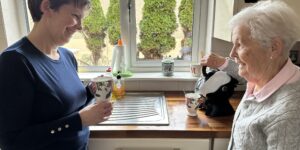

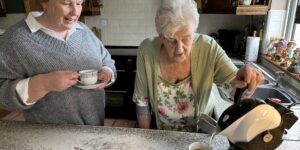
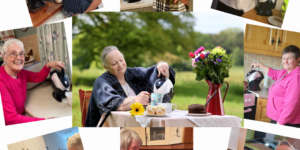
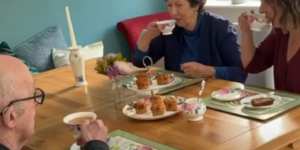
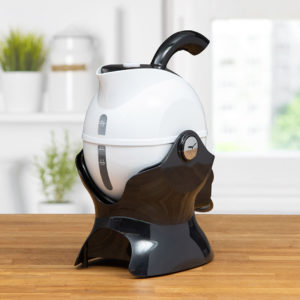
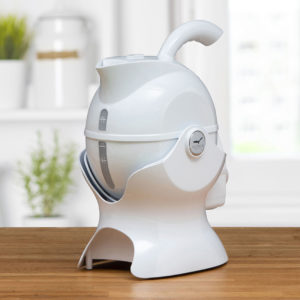
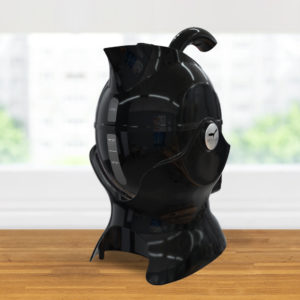
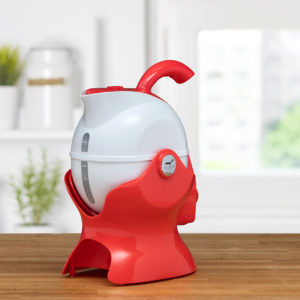

Leave a Comment